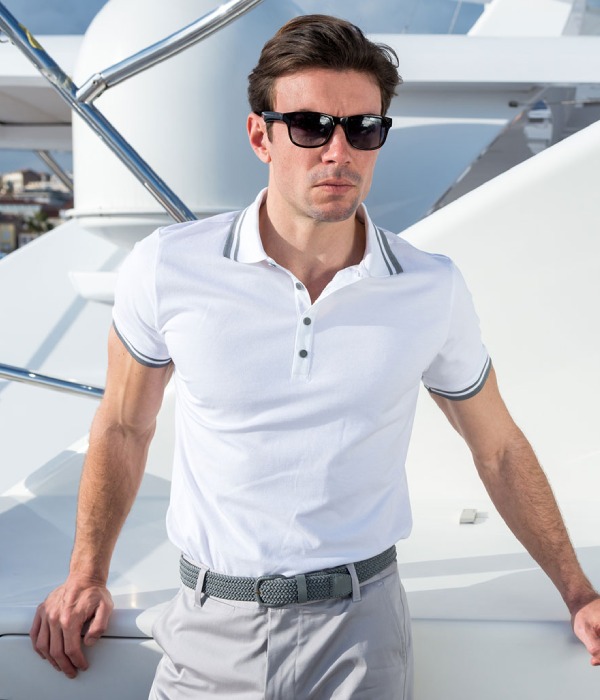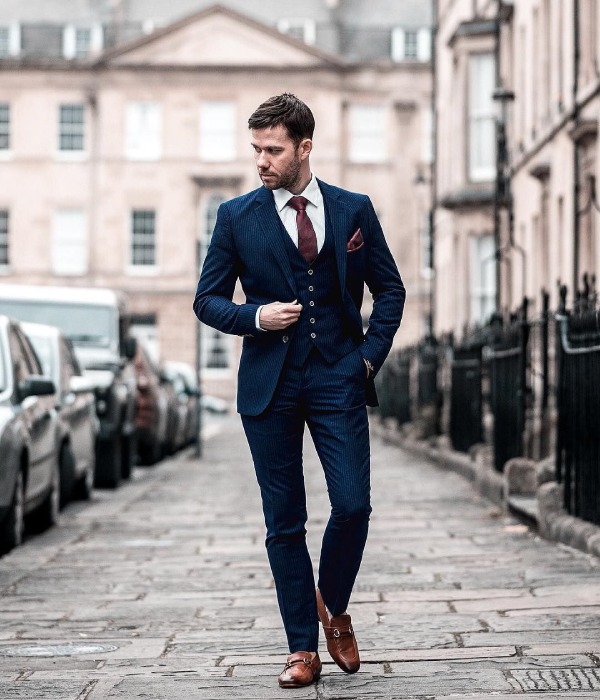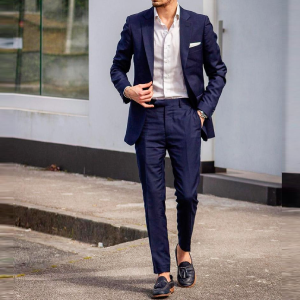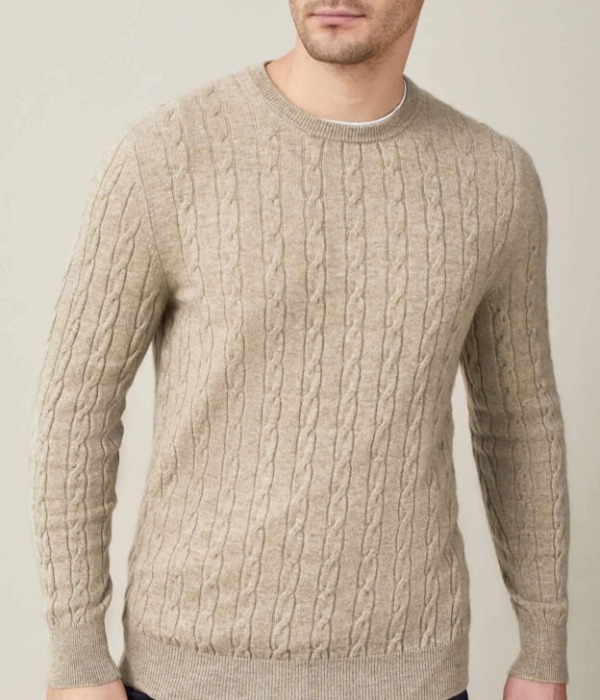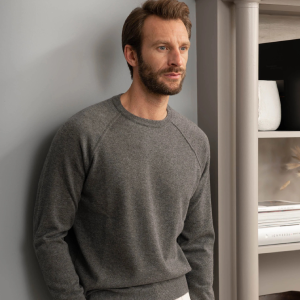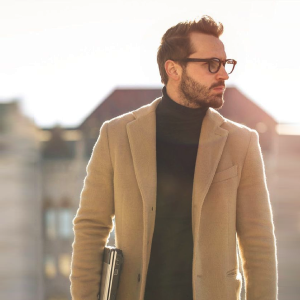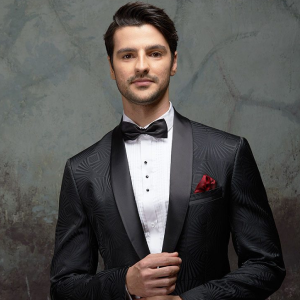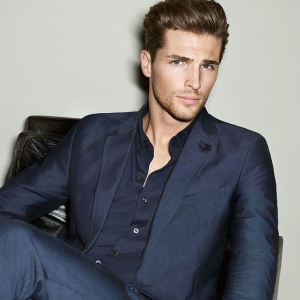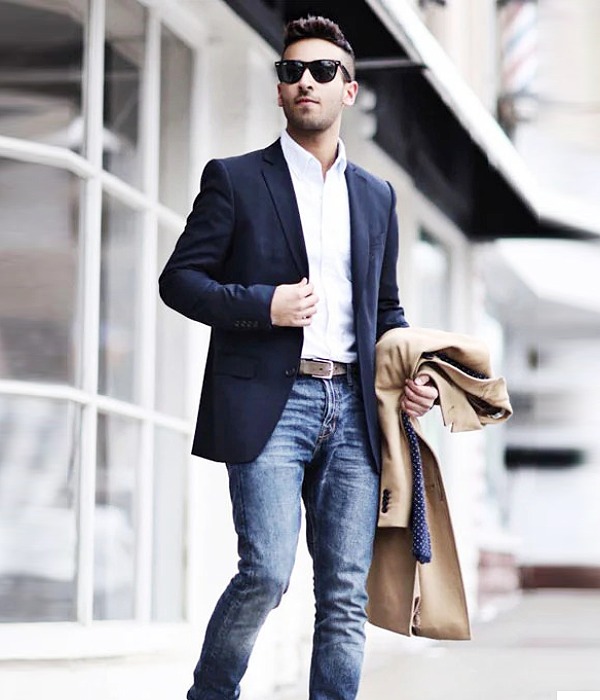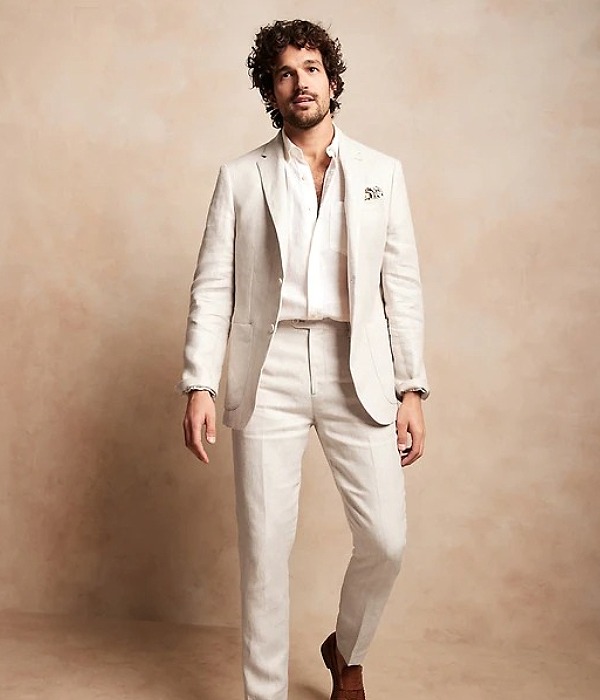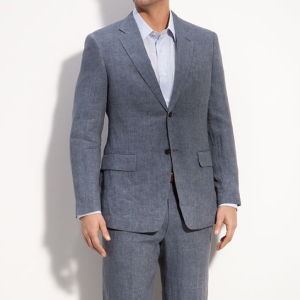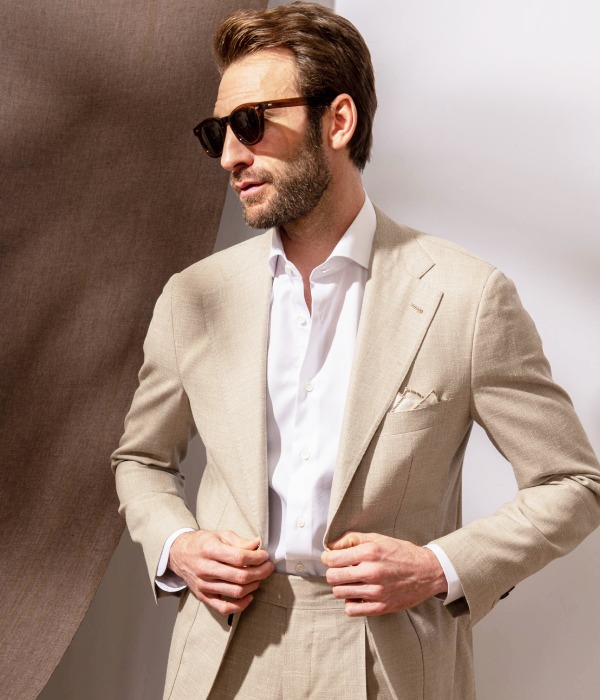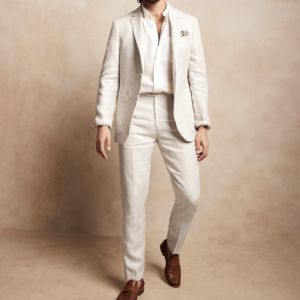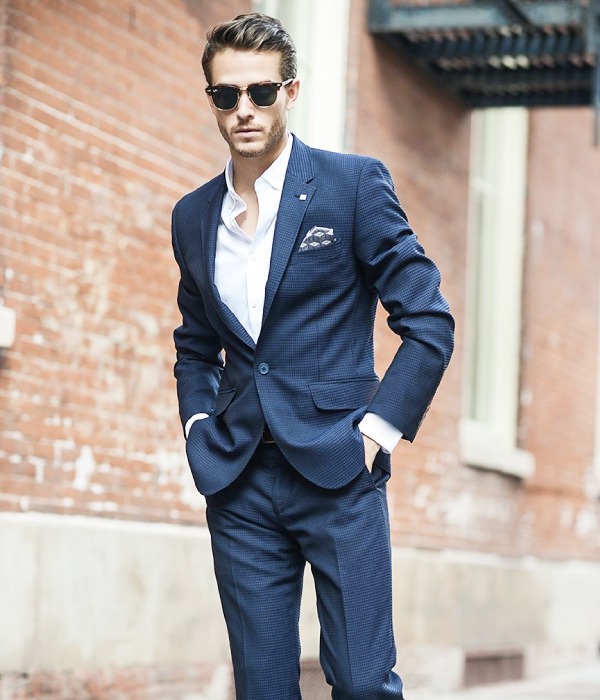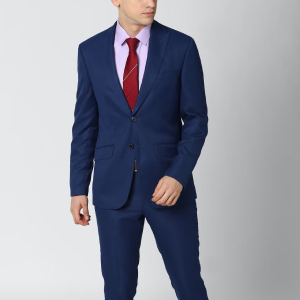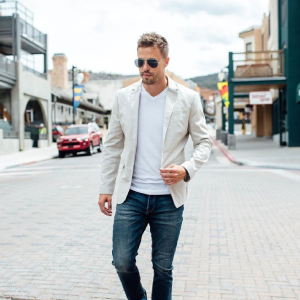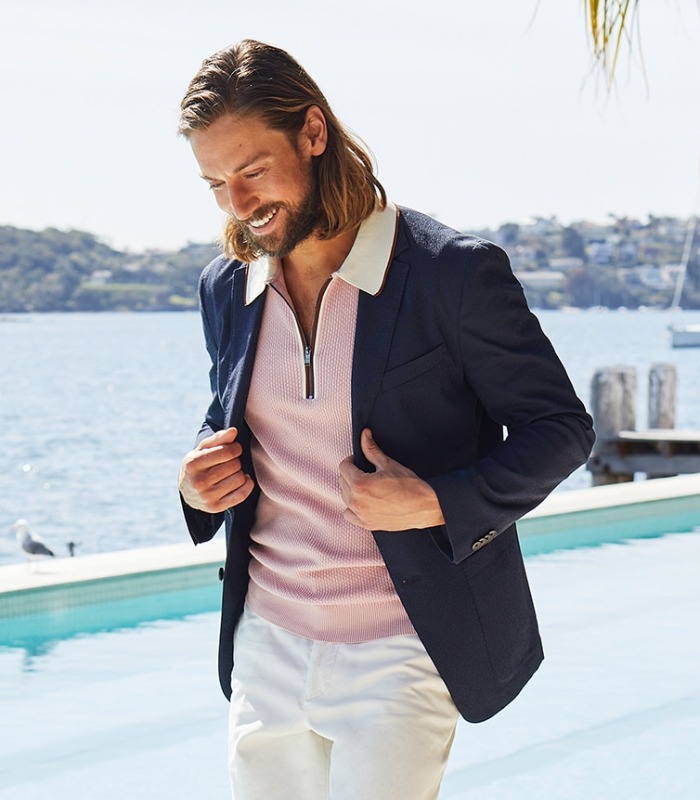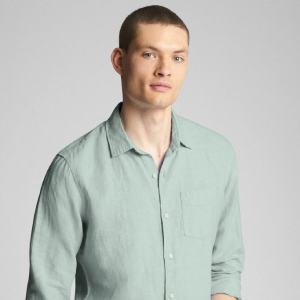Are you clueless about what type of belt to wear, and how important it is to wear the right belt for the right occasion? Don’t fret yet, you aren’t alone. We’ve got you fully covered in this blog. You can know more about the various types of belt, and how belt buckles can function as the ideal adornments when you’re sporting either a formal or an informal wear.
There’s so much to factor in when we’re discussing belts. Now first things first, before we set our mind upon buying one, choose a budget range that wouldn’t burn a hole in your pocket. Next, comes wearing the right color, tricky, ya? What if you’ve got a plethora of colors to choose from? Black and brown are staple colors for any ensemble over the years, or at least we are made to believe so. But in recent times, we are witnessing a flurry of belt colors including navy, blue, tan, rust and grey. These colors are unique in many ways as these tend to work with a number of clothing.
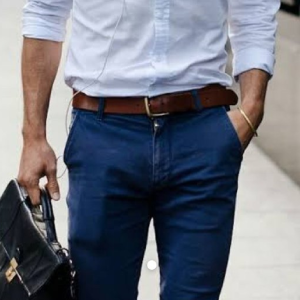
Black leather belt: The belt is a regular piece of fashion accessory and good on the go. Leather is generally appropriate as a formal belt when accessorized with a pair of trousers or like a suit belt. It does have its restrictions and function only as a stylish optimizing factor between the top and bottom half. It will enliven your look for sure, like a tie, in a subtle, understated manner.
Brown formal belt: Not every belt color can offer the flexibility that a simple buckles and an earthly color such as brown. Accessorize it with polished brown leather shoes and almost every combination of shirts and trousers for a stunning look.
Cool Casual Belt: Undoubtedly, the formal belt types, including black and leather, offer a gamut of opportunities to produce bold, layered looks. Fabric is a main criterion that differentiates a casual belt type from a formal one. Casual belts are most appropriate for casual summer looks, either to spend the evening with your buddies on a rather sunny day by the seaside or on a lunch date. It works just great as a matching pair for shorts or jeans lending a laidback look, and allows you to experiment with a varying range of outfit.
Fabric Belts: As mentioned above already, if you’re trying out different textures and colors, go for a fabric belt. They are easy to maintain and use, and add a layer of fun to your attire. Cloth belts and canvas are the most common types of fabric belts, available in different forms of pattern. The fabric belt texture is built to easily wrap around the waist, minus the stiffness that leather may usually have.
Thin Belts: Compared to the thicker ones, thin belts are comparatively dressier and increasingly formal. The belt isn’t intended to appear delicate; therefore, you can maintain the look of your outfit by harmonizing the heaviness with softer colors and materials.


